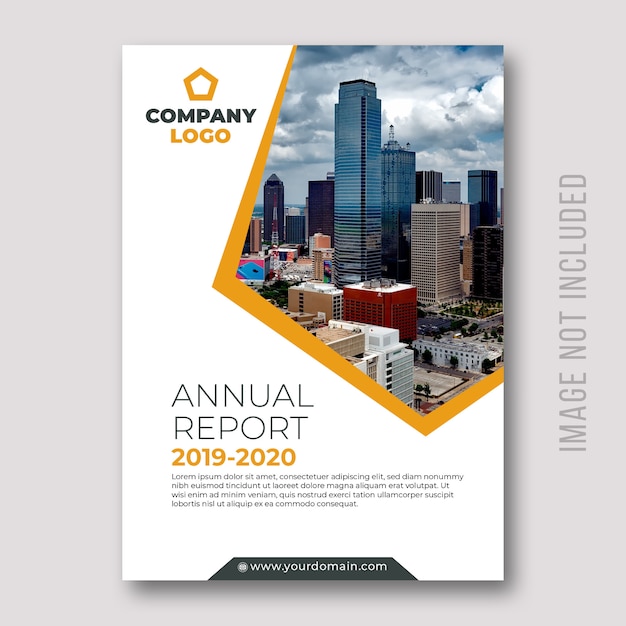
In terms of microservice application frameworks, Spring Boot (74%) is, by far, the most adopted: 10 percent say they’re “talking about it” while just 2 percent report trying it “but it didn’t work out”. A further 44 percent report they’re “currently transitioning” to microservices. The most popular answer was “Add new features” (28%), followed by “Improve application performance” (20%), “Improve test coverage” (19%), “Improve development processes” (17%), “Start a new application or project” (6%), and “Move up launch dates” (6%).Ĥ4 percent of the respondents say their applications are now fully microservice-based. When asked what their team would do if they could save 10 percent time during the workday, just four percent said (or admitted to!) answers like “Drink more coffee/beer”, “Party like it’s 1999”, and “Sleep”. “Adopting a microservices architecture has a host of benefits for Java applications, but developer productivity is a concern without the right tools in place,” said Curtis Johnson, Product Manager at JRebel by Perforce.

44 percent of microservices application users report times exceeding five minutes per redeploy. Similar to CI/CD users, microservices application users also reported high redeploy times. This friction will be top of mind for organisations who want to improve the efficiency of their Java teams-especially as recruiting and retaining skilled talent becomes increasingly difficult in the next few years.įrom a developer perspective, organisations need to provide the tools developers want, or risk them finding an organisation that will.” “This report shows there is still friction for teams adopting microservices and CI/CD, namely the time wasted while waiting on redeploy and commit times. Rod Cope, CTO at Perforce Software, said: Overall, 60 percent reported some increase in startup time within the last 12 months compared to 35 percent reporting no increase. 17 percent reported a 0-10 percent increase. Perforce’s survey found that 61 percent of respondents experienced an increase in the startup time for their microservice-based applications within the last 12 months.ġ3 percent reported an over 50 percent increase in startup time for their microservice-based applications, while a large 30 percent reported a 10-50 percent increase. GitHub Actions (16%) took second place, followed by Bamboo (7%), TeamCity (4%), Circle CI (3%), and Travis CI (1%). Jenkins (46%) is, by some margin, the most popular CI/CD technology being used by the respondents. Such downtime per day quickly adds up over the course of weeks, months, and years.
#Annual jrebel report code#
The highest percentage (35%) of respondents report committing code over five times per day. The most common (33%) response was build times exceeding 10 minutes.

#Annual jrebel report full#
The latest edition of Perforce’s annual Java Developer Productivity Report highlights that teams aren’t realising the full promise of microservices and CI/CD.ĭevelopers are often finding that microservices and CI/CD are decreasing their productivity rather than improving.Īmong CI/CD users, 42 percent of respondents report build completion times of over five minutes.


 0 kommentar(er)
0 kommentar(er)
